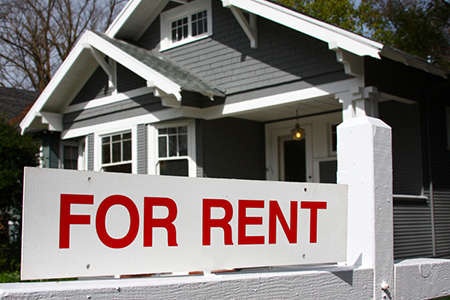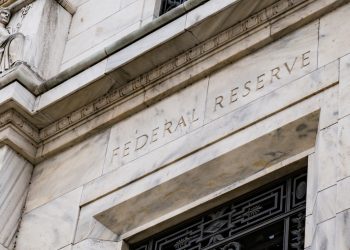Editor’s Note: Greg Rand, CEO of OwnAmerica, recently presented at the IMN Single-Family Rental Investment Forum. The following are highlights from his presentation, which addressed the Trump Administration’s role in the single-family rental market, among other trends in housing.
The housing market thrives on optimism.
That announcement we saw last week with Carrier keeping 1,000 jobs in Indiana is going to become a regular occurrence. Why? Because American corporations have gotten pretty good at buttering up politicians in Washington. The way they usually do it is by writing a check to their campaigns. That won’t work anymore.
The way to butter up President Trump is to give him a press conference—a success to announce. A factory saved, returned, or opened. A failing company acquired and jobs saved. This will create a drumbeat of optimism that will translate into confidence.
I predict the homeownership rate will begin a sustained upward trend in 2017 and beyond. The biggest opportunity to boost housing at the federal level right now is for FHA to adapt their multifamily lending product to be friendly to single-family investors. I believe that proposal will get legs with Ben Carson, in charge of HUD.
Why? If you read his book, you will understand that what motivates and animates Ben Carson is education. He will see the home as the place kids do their homework and read. He will recognize the impact housing can have on education. He will instinctively know that, to a kid, a home is more of a home when it’s a house. Expanding access to capital for investors of single-family rentals will make sense to him, and he will greenlight the policy.
Millennials don’t want homeownership—but why? Is it because they desire the lifestyle benefits of flexibility and mobility of renting, or because they are scared by the housing market, having grown up into adulthood during a housing crisis?
The answer is lifestyle. Research by Better Homes and Gardens Real Estate reveals something we’ve already seen anecdotally: millennials are renting where they live and buying investment property. They are not scared of the housing market. They just don’t want to be tied down yet.
Is a single-family home’s value different if it’s sold vacant to a homebuyer than if it’s sold occupied to an investor? Yes. Right now, there is a 9 percent discount from retail market value when it’s an occupied rental property; however, a landlord with an occupied rental property will incur “friction costs” of 8 to 12 percent of the value if they vacate that rental home in order to sell it. Friction costs include renovation costs, and down time to renovate and find a tenant.
We have seen the discount go from 13 percent in 2014 to 9 percent today, and the gap continues to close. Why? Because the market for occupied rentals is becoming more efficient. We are creating competitive pressure for buyers and it’s driving prices up. By 2018, market value for occupied rentals will be the same as for vacant homes.
Greg Rand is CEO of OwnAmerica.
For the latest real estate news and trends, bookmark RISMedia.com.











